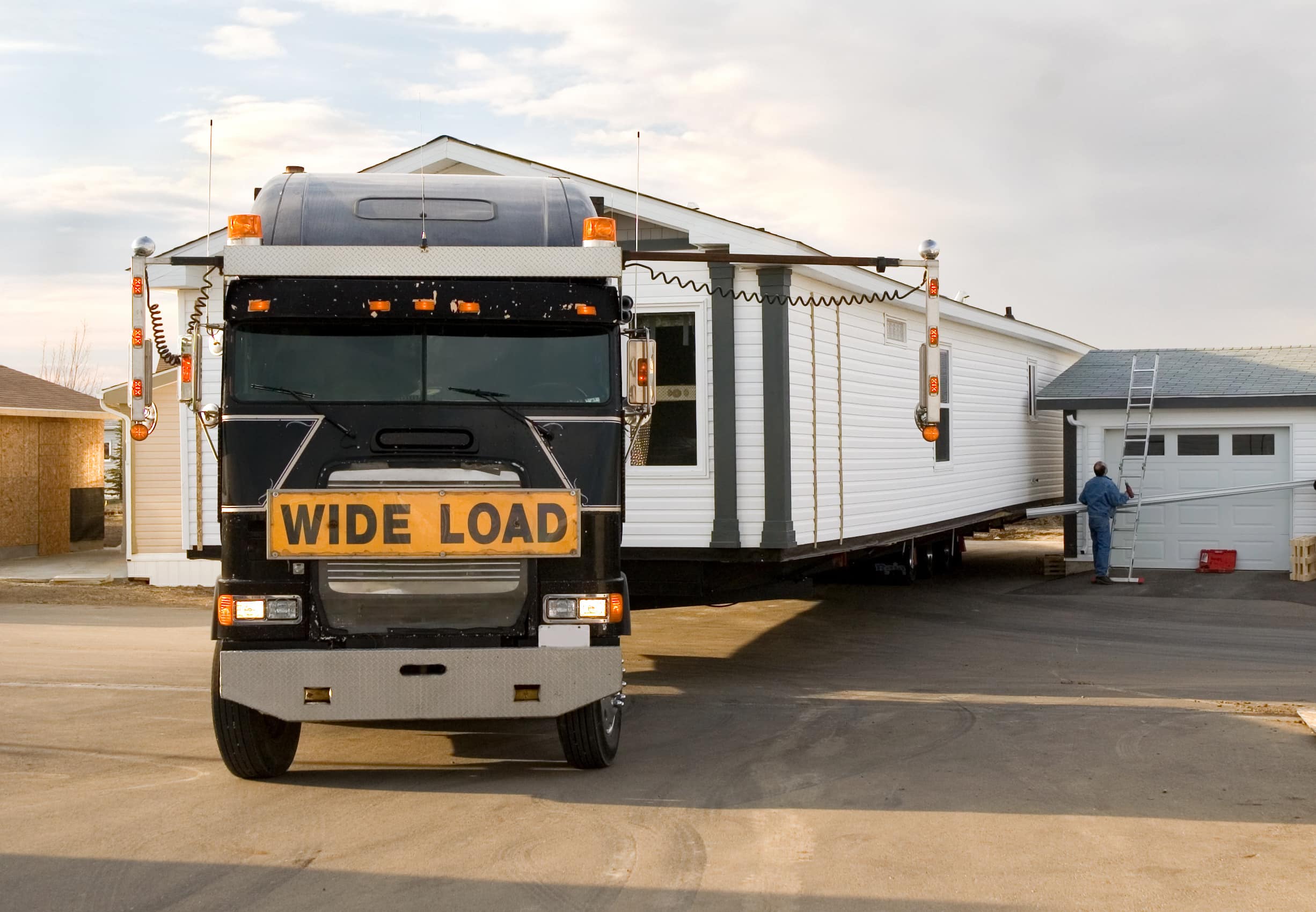Raising mobile homes has become more and more commonplace. Whether for a more functional crawlspace, flood prevention, or simply for aesthetics, lifting a mobile home is a great idea. And it’s also very, very doable when you hire the right contractor. But there are a few things you’ll want to be mindful of if it’s your home that is being lifted. We’ve given you seven tips for raising a mobile home so that it goes off without a hitch.
Remove Skirting, Porch, or Overhangs
When you’re preparing to have your mobile home lifted, there are a few things you need to do to prepare for your lifting contractor to get to work. Firstly, you’ll need to make sure your skirting is removed. If your plan is to simply raise your mobile home a few inches, you can probably reuse your skirting.
However, if you will be lifting your mobile home a few feet or more, you will need to plan for a new skirting option that covers the entirety of the empty space under your lift. Additionally, you’ll need to remove your porch or any overhangs or attached structures. They won’t survive the lift—in fact, they’ll inhibit it. Prepare to have your mobile home free of additional structures and skirting before lifting day comes.
Be Mindful of Sagging Beams
Mobiles homes are especially at risk for settling into the dirt pad foundation they were installed on. Before your lifting contractor begins the lift, you’ll want to make sure your home is structurally sound enough for a lift. It’s not uncommon for the beams under your manufactured home to sag, especially if it’s been on the same dirt foundation for years, and that foundation has slowly settled or been washed away by rainwater. It’s not a bad idea to hire an inspector or qualified professional to make sure your home is suitable for a lift.
Lifting for Leveling
A mobile home lift doesn’t always look like raising your home ten feet off the ground. In fact, it’s very common to raise manufactured housing just a few inches for leveling purposes. It’s typical for these types of homes to sink and settle, causing the entire structure to become unlevel. Not only is this inconvenient, but a mobile home that has settle poses some severe structural integrity issues. After your home has been lifted, make sure your home is level. You can do this by opening and closing your doors and windows. If they don’t stick, everything is level.
Plan for Additional Alterations
Many times, your mobile home comes with appliances or utilities (like an AC unit) that will need to be lifted or refitted after your home’s lift takes place. Electrical, plumbing, gas, cable, etc., will likely need extending. This is typical and shouldn’t take you by surprise, but you will need to budget for these alterations to take place.
Crawlspace Drainage
When you lift your mobile home, you’ll want to take measures to ensure your crawlspace is safe and drains water efficiently. When it comes to manufactured housing, gravel is one of the best ways to keep your crawlspace free of water while at the same time preventing erosion of dirt under your home. This is especially crucial if your mobile home is installed on a dirt pad. Reducing erosion and standing water under your newly-lifted home maintains the integrity of your dirt foundation and, as a result, the structural integrity of your home.
Adding a Foundation
You have several options when choosing a foundation for your mobile home after it’s lifted. In some cases, like if your home is on a dirt pad, your mobile home will have settled into its original foundation. A lift is the perfect time to rethink foundations. If you’re lifting your home with no intention of moving it, a permanent foundation is an excellent option for you, and there are a few permanent foundation options to choose from. Additionally, you can choose a non-permanent foundation, like pads or footings. Hiring a general contractor ensures you’re getting a quality foundation no matter which route you choose to take.
Hire a Pro
This might seem obvious, but you’ll find many, many forums, blogs, and websites instructing you on lifting your mobile home on your own. There’s a line of thinking, especially when single-wide homes are considered, that jacking up a manufactured home is not only doable, but it’s safe and can be done with a handful of jacks and a handful of people.
Nothing can be further from the truth. First, you must consider the literal weight of a mobile home. One wrong move, and someone could be seriously injured. Or your home could come crashing off your jacks, and you could lose the entire thing. Additionally, electrical rewiring is incredibly difficult and very dangerous. By hiring a professional lifting contractor, you’re investing not only in a quality job well done, but you’re prioritizing the safety of everyone involved in the lift and of those living in the home after the lift is done.

